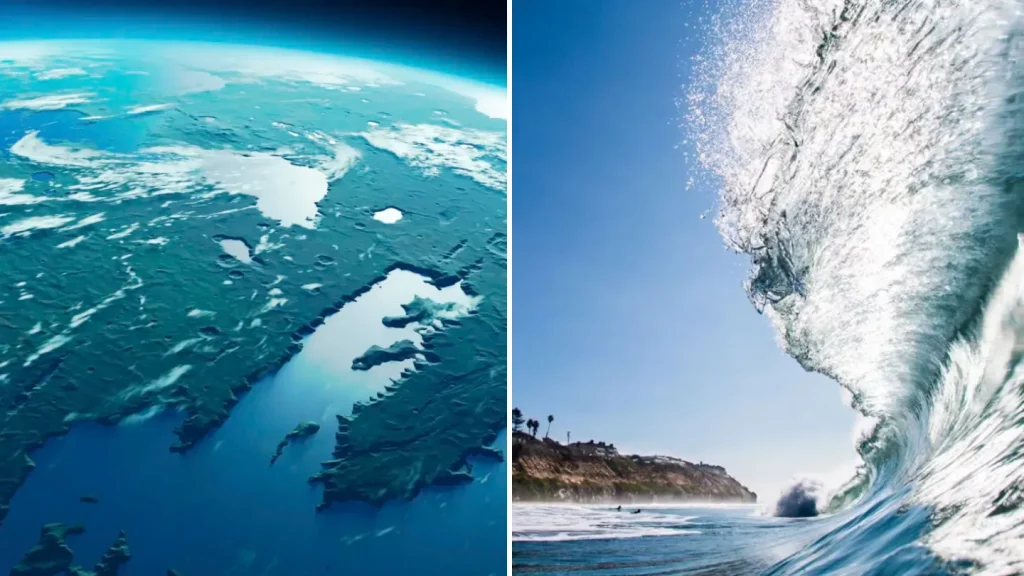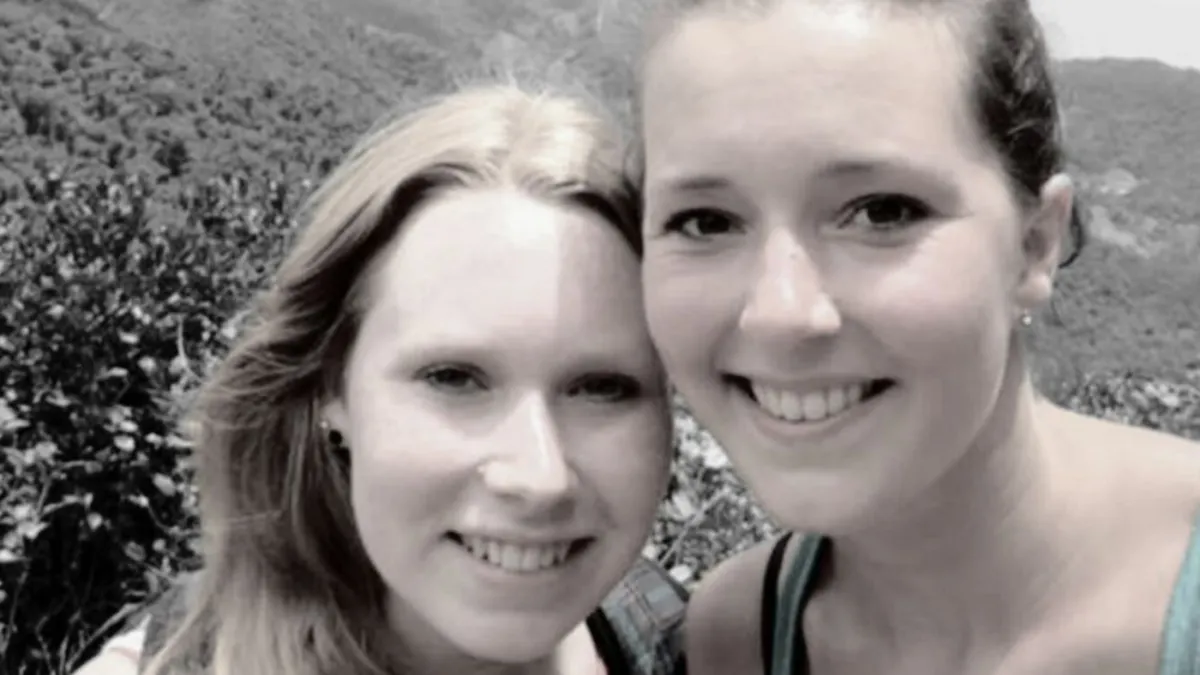Imagine a colossal wave, taller than most skyscrapers, racing toward land at terrifying speed, leaving little to no time to react. Scientists now warn that this nightmare scenario is not just science fiction.
A devastating 1,000 foot “mega tsunami” could strike the United States with catastrophic consequences, threatening millions along the coasts of Alaska, Hawaii, and the West Coast.
The warning stems from an alarming convergence of seismic activity, volcanic instability, and climate driven landslides.
These natural forces are quietly reshaping the landscape, increasing the odds of a disaster that could rival or even exceed the most destructive tsunamis in recorded history.
This is not an unfamiliar tale to geologists. In 1958, a magnitude 7.8 earthquake in Alaska’s Lituya Bay triggered a massive landslide, hurling nearly 90 million tons of rock into the inlet.
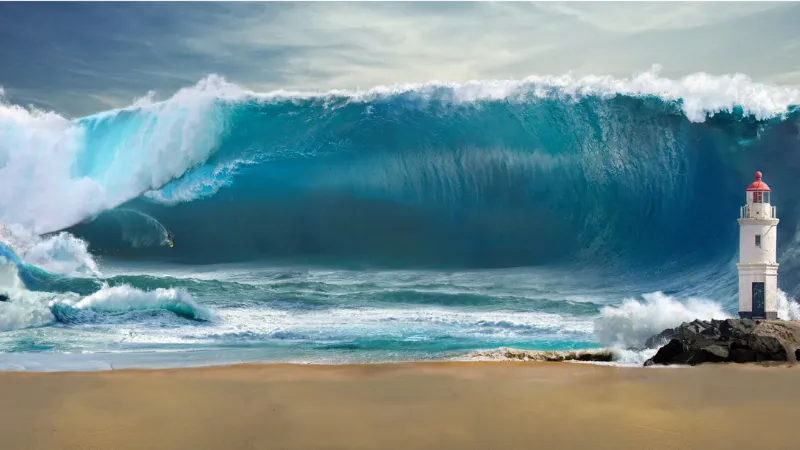
The result? A 1,719 foot wave, the tallest tsunami ever recorded. The sheer force wiped out trees, boats, and entire shorelines, sending a stark warning that nature’s fury needs no notice.
In Hawaii, scientists point to a 1,000 foot wave that hit the island of Lanai roughly 105,000 years ago, likely caused by a collapsing volcano.
Layers of marine fossils high in the hills serve as haunting proof. With Kilauea and Mauna Loa still active and frequently erupting, geologists warn that unstable slopes could once again collapse into the ocean, generating deadly waves that devastate nearby islands.
But the greatest present day concern lies along the Cascadia Subduction Zone, stretching 700 miles from Northern California to British Columbia.
A recent study published in the Proceedings of the National Academy of Sciences estimates a 15 to 37 percent chance of a magnitude 8.0 to 9.0 earthquake hitting the region in the next 50 years.
“The land could subside by over six feet instantly,” warned Dr. Tina Dura, co author of the study. “The expansion of the coastal floodplain following a Cascadia quake hasn’t been fully quantified, and it could drastically delay recovery.”
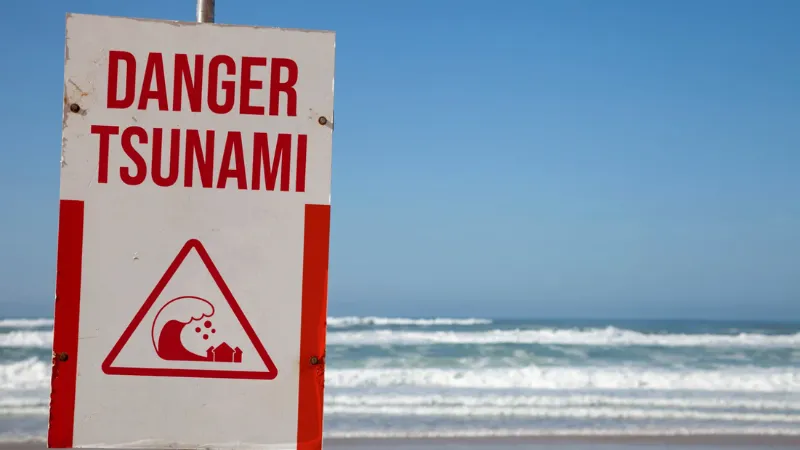
The quake would not just shake buildings. It could trigger a landslide or tectonic shift so massive that it displaces millions of tons of ocean water in seconds, creating a mega tsunami that strikes within minutes.
The risk is amplified by what scientists call “seismic silence”, a deceptive calm along the Cascadia fault line. It is the same eerie quiet that preceded the 1700 quake that generated a tsunami so powerful, it reached Japan’s shores.
And the threat is not confined to the Pacific. Researchers have also revived concerns over the Cumbre Vieja volcano on La Palma in the Canary Islands.
A 2001 study suggested a collapse of the volcano’s western flank could send 120 cubic miles of rock crashing into the Atlantic. The resulting wave could begin at 2,000 feet and still reach 150 feet when hitting the East Coast of the US.
Despite skepticism about that specific scenario, the more immediate and data backed risks lie closer to home.
Alaska, with its retreating glaciers, is seeing landslides become more likely. In 2020, 14 scientists warned that the Barry Glacier could collapse into Harriman Fiord, potentially causing another massive tsunami.
In Hawaii, continuous volcanic activity keeps slopes unstable. And on the mainland, coastal communities in Tillamook, Astoria, Newport, and beyond sit on geologically vulnerable ground.
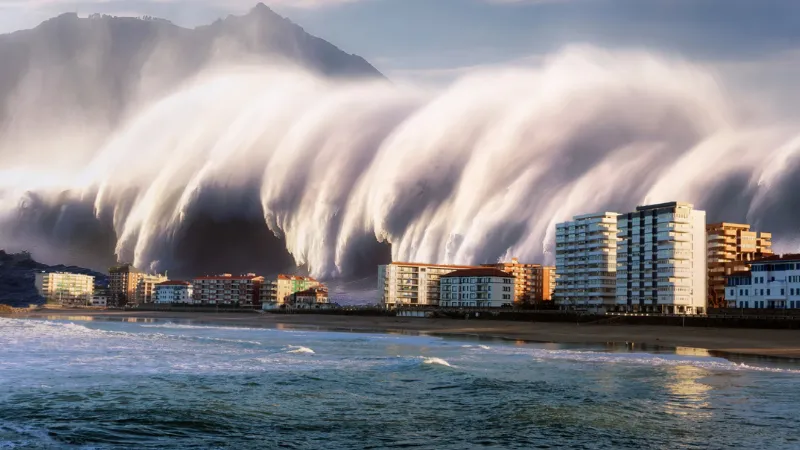
Steve Masterman, director of Alaska’s Division of Geological Surveys, noted: “As the climate warms, the frequency and likelihood of these tsunamis are increasing. Glaciers retreat, rocks loosen, and the danger escalates.”
Scientists are monitoring the situation with early warning systems and education campaigns, but there is a sobering truth. If a mega tsunami does strike, it will arrive swiftly, and the destruction could last for generations.
For now, the earth remains quiet. But beneath the surface, forces are building, quietly setting the stage for what could be one of the most devastating natural disasters in US history.
“Preparing for these compound hazards can minimise long term damage,” the study warns. “But ignoring them could be fatal.”
Featured Image Credit: (CanvaPro)

